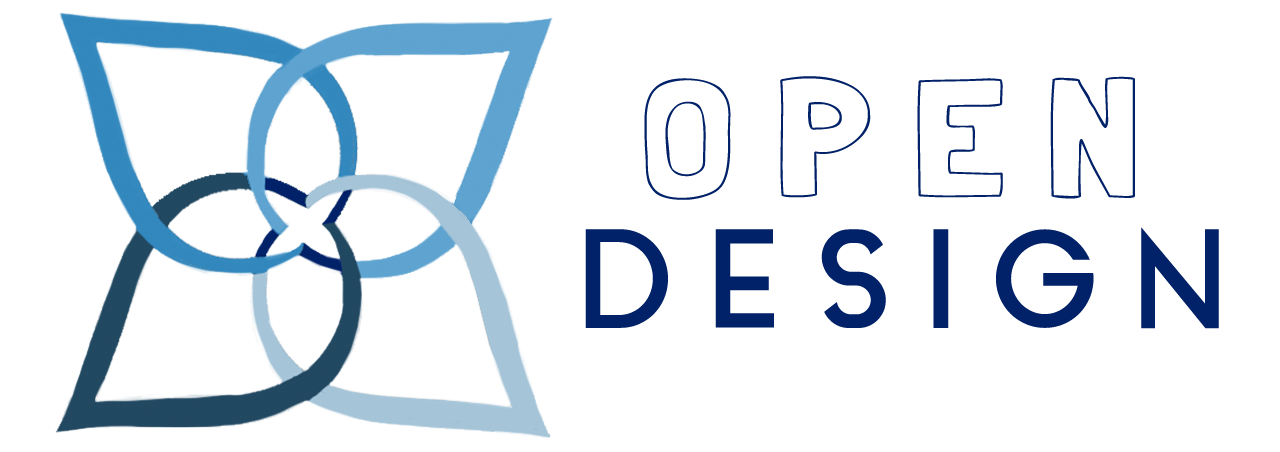These learner-driven, project-based courses offer students opportunities to learn the theory and praxis of open design while applying their knowledge to solve complex, real-world challenges.
I&E 590: Open Design + Innovation
Aria Chernik | Fall 2020
Open design is a variation of design thinking and human-centered design that applies an ethical framework to the process of understanding complex problems and developing innovative solutions. Open design is influenced by the guiding principles of open source software and development communities as well as the ethical inquiries concerning empathy and an individual’s responsibilities in relation to self and others.
Students will gain familiarity with the ethics of open, as well as extensive practice engaging in the open design process, which includes empathizing with stakeholders, ideating prototypes, analyzing qualitative data and iterating forward, communicating across media, and thinking boldly and creatively in the face of uncertainty. This is an active learning course that requires both self-initiated learning and goal-setting as well as intensive collaboration and contribution to project deliverables.
I&E 290: Designing Ethical Tech
Bryan Behrenshausen + Aria Chernik | Fall 2020
No technology is value-neutral. Our tools both embody and express the preferences and privileges of those who design them. Anyone designing technological systems should be sensitive to the ways their inventions can reinforce particular relations of power and visions of (in)justice. This interdisciplinary course aims to help students develop those sensitivities.
With particular attention to high-profile digital innovations like machine learning and algorithmic automation, students will investigate ways computational machines can promulgate and circumvent various forms of authority and control. Students will work to understand how principles derived from various “open” movements—for example, open source software and hardware, open access, and open education—might help us analyze (and design for) new and different social arrangements.
Additionally, students will learn the theory and praxis of open design, a variation of design thinking and human-centered design. Collaborating with one another, with instructors, and with industry experts, students will research opportunities for building tools that address social issues, identify an opportunity to contribute innovations in these areas, complete design sprints to refine their ideas, and collaborate extensively to produce open-access educational resources.
I&E 393/791: Open Design at Duke and Beyond
Aria Chernik + Kevin Hoch | Fall 2019 + Spring 2020
When we hear the word “design,” we often think about a product: the features of a technology, the look of a space, the integrity of a structure. But design also refers to a process that can be used by teams to solve deeply complex, real-world problems. And because the design process (sometimes called design thinking or a variation referred to as human-centered design) asks us to learn and demonstrate essential 21st-century skills – like collaborating with stakeholders, communicating across media, analyzing data and iterating forward, thinking boldly and creatively in the face of uncertainty – more people are starting to think about how a design mindset can be integrated into educational contexts.
This Bass Connections linked project offers students a rare opportunity to help ideate and build design experiences at Duke. Students will gain content knowledge about design thinking and human-centered design, plan and execute a one-day design learning summit, build educational resources for use at Duke and beyond and help design Duke’s new Design+ Durham program. Given Duke’s commitment to interdisciplinary thinking and inclusive action, the team will build a design framework that is dedicated to an open ethos, to a design process that values and promotes access to information, inclusion, diversity, transparency and meritocracy and to collaboration and community. We call this brand of design “open design.”
